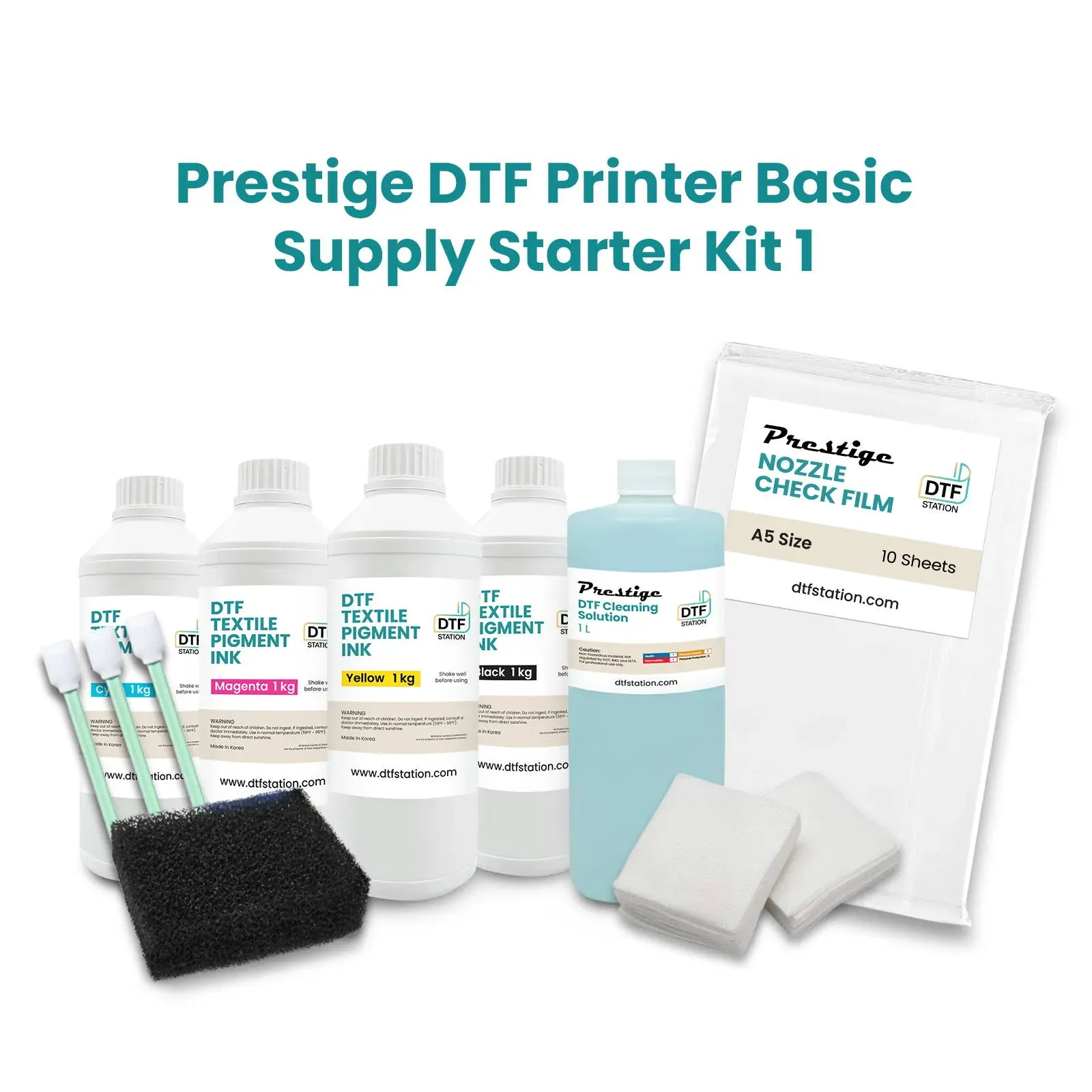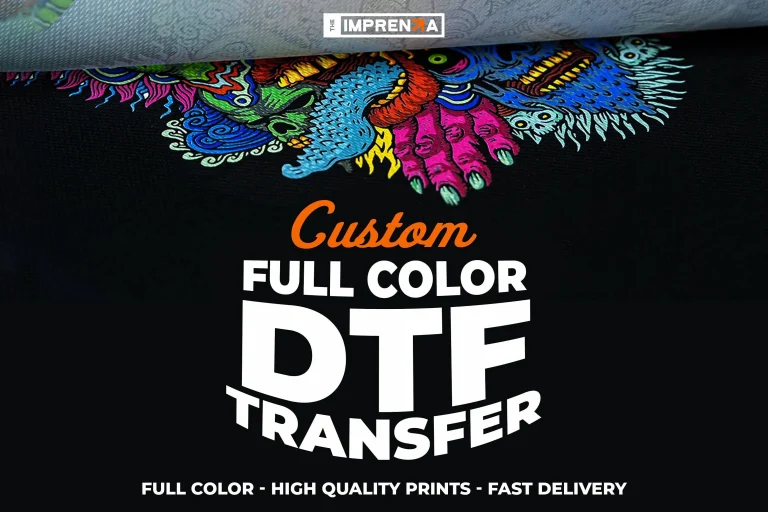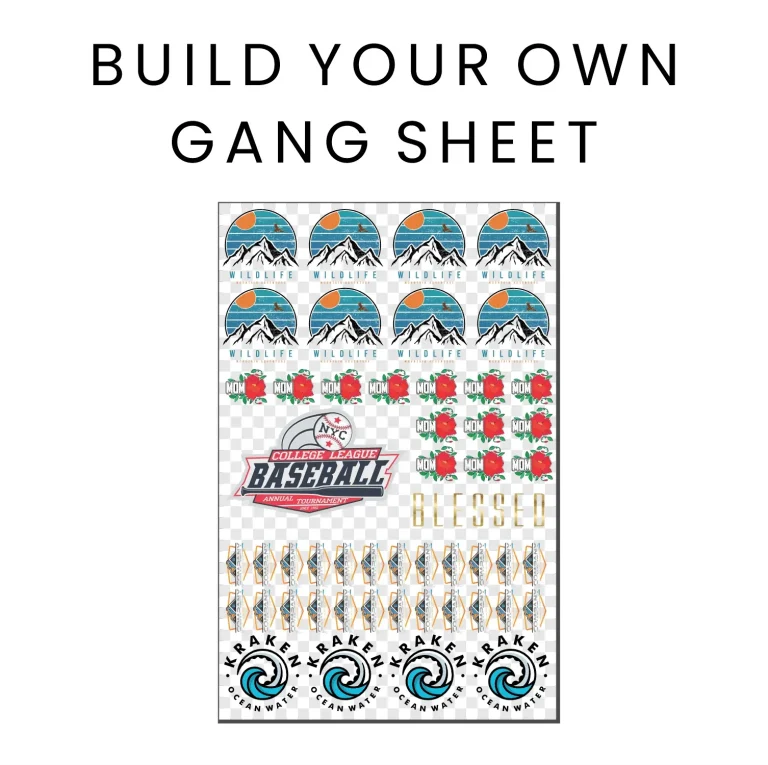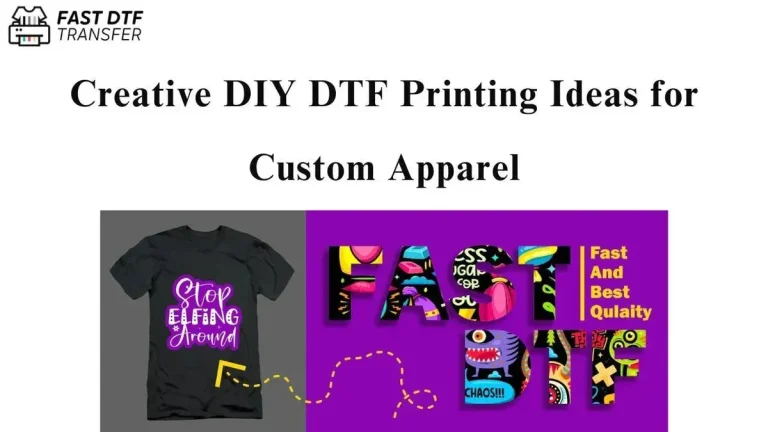DTF Supplies: Unveiling Trends for 2023
DTF supplies are revolutionizing the custom apparel printing landscape in 2023, reflecting the latest printing trends that resonate strongly with consumers. As the Direct-to-Film market expands, businesses are increasingly investing in high-quality materials that ensure vibrant and durable prints. With the rise of e-commerce, the demand for DTF supplies has surged, enabling brands to offer personalized printing options that appeal to the modern shopper. Moreover, the emphasis on sustainable printing practices is steering companies towards eco-friendly materials and processes, aligning with consumer expectations for corporate responsibility. As we dive deeper into the latest developments in DTF supplies, it’s clear that this technology is not only shaping fashion but also transforming how we think about and approach printing in general.
The evolution of DTF materials is at the forefront of contemporary textile and garment decoration, bringing a fresh perspective to the printing world. Direct-to-Film technologies, often described as innovative textile printing solutions, allow users to achieve stunning results quickly, making them a favorite among custom apparel creators. The growth of the online retail space has further propelled the demand for these specialized products, giving rise to a new era in personalized fashion. By embracing environmentally conscious printing methods, businesses are not only improving their product offerings but also addressing the growing need for sustainability within the industry. Ultimately, the landscape of Direct-to-Film supplies continues to shift, fueled by consumer trends and a relentless pursuit of quality and innovation.
The Rise of DTF Supplies in Custom Apparel Printing
In 2023, the demand for DTF supplies within the realm of custom apparel printing has skyrocketed. Fueled by the evolution of consumer preferences for personalized clothing, businesses are increasingly turning to Direct-to-Film technology to meet these dynamic demands. With its potential for high-quality, vivid prints on a variety of fabrics, DTF printing has emerged as a leading solution for apparel manufacturers seeking to enhance their product offerings. The customization capabilities inherent to DTF printing allow brands to cater to niche markets, establishing a competitive edge in an ever-evolving industry.
Moreover, as DTF technology continues to evolve, we see increased adaptability, allowing brands to explore unique design possibilities that resonate with consumers. It’s not just about producing items at scale; it’s about creating an emotional connection through custom prints that tell a story. As the world shifts toward more personalized fashion, businesses equipped with quality DTF supplies stand to benefit from this transformative trend.
Key Technological Advances Shaping DTF Printing
Technological advancements in DTF printing are significantly enhancing the efficiency and quality of custom designs. 2023 has seen a surge in innovative machines and improved materials, enabling dramatic improvements in print resolution and color vibrancy. These developments are not only helping businesses achieve higher satisfaction among consumers but are also driving down costs associated with waste and rework. As supply chains stabilize post-pandemic, manufacturers are investing in technology that maximizes output while minimizing environmental impact.
Additionally, breakthroughs in software technology are revolutionizing the way designs are created and processed for DTF printing. Automation and artificial intelligence are now part of the workflow in many factories, reducing the time required to move from a digital design to a finished product. These cutting-edge technologies ensure that businesses are not only keeping up with the ever-expanding demands of the market but also leading the charge for innovation in the custom apparel sector.
The Role of E-commerce in DTF Printing Trends
E-commerce continues to play a pivotal role in the growth of DTF printing, particularly as consumer behavior shifts toward online shopping. In 2024, e-commerce sales are projected to climb significantly, fostering an environment ripe for companies utilizing DTF supplies. Customization features offered by DTF technology perfectly align with the demands of online consumers who seek unique products. As more brands recognize the potential of DTF printing to boost their e-commerce strategies, the need for high-quality, reliable supplies becomes ever more critical.
Furthermore, the success of brands in the e-commerce space is closely tied to their ability to offer fast turnaround times and personalized products, both of which are strong suits of DTF technology. As customer expectations rise, businesses must ensure that the materials and equipment they use not only meet quality standards but are also readily available. This interplay between DTF supplies and e-commerce features will undoubtedly shape the future landscape of custom apparel printing.
Sustainability in the DTF Printing Landscape
Sustainability is no longer just a trend; it has become a necessary aspect of business strategy within the DTF printing industry. As consumers become increasingly aware of environmental issues, they are undoubtedly leaning toward brands that offer green solutions. DTF printing technology provides opportunities to reduce waste through efficient application methods and the potential for sustainable inks and substrates. Brands looking to capture market share must prioritize eco-conscious practices in their DTF printing operations.
Additionally, sustainability can also act as a differentiator in competitive markets. As more companies strive to meet the growing demand for responsible production methods, adopting eco-friendly DTF supplies can enhance brand loyalty and appeal to ethically-minded consumers. By investing in sustainable materials and practices, businesses can position themselves as leaders in the movement towards environmentally-friendly fashion, opening new avenues for success.
Addressing Challenges in DTF Supply Quality
While the DTF printing market continues to expand, challenges related to supply quality cannot be overlooked. The post-pandemic landscape has led to significant fluctuations in supply chains, resulting in a saturation of low-quality materials that compromise print integrity. Many businesses are now faced with the task of discerning trusted suppliers from those offering subpar products that can undermine their operations. Quality control has become a critical focus, as substandard printheads or inks can lead to unsatisfactory customer experiences.
To mitigate these risks, brands must prioritize partnerships with reputable suppliers known for delivering high standards in DTF supplies. Implementing stringent quality checks and sourcing from established manufacturers is essential in ensuring that businesses maintain the high quality their consumers expect. By taking these proactive steps, companies can safeguard their reputation while continuing to meet the demands of a growing market.
Exploring Future Trends in Direct-to-Film Technology
As we look ahead in the DTF printing landscape, several emerging trends promise to redefine the industry. The integration of smart technology and automation in printing processes is on the rise, paving the way for a more streamlined and efficient workflow. Artificial intelligence (AI) is beginning to assist in design generation and optimization, providing businesses with tools that enhance creativity while reducing the time from concept to product. As these technologies mature, they will lead to enhancements in product personalization that consumers increasingly desire.
Similarly, the ongoing improvements in materials and inks tailored for DTF printing signal exciting advancements. These innovations are expected to increase adhesion, durability, and colorfastness, further enhancing the value proposition for brands considering DTF supplies. As the market continues to evolve, businesses that stay ahead of these trends will undoubtedly position themselves for success in a competitive environment.
Frequently Asked Questions
What are the latest trends in DTF supplies for 2023?
In 2023, the DTF supplies market is experiencing growth thanks to the rise in customizable and on-demand printing solutions, particularly in the e-commerce sector. Technological advancements are enhancing print quality, while sustainability is gaining traction as consumers demand eco-friendly materials and processes.
How is the Direct-to-Film market projected to grow in the coming years?
The Direct-to-Film market is projected to grow from approximately $2.56 billion in 2023 to an estimated $2.72 billion in 2024, and could reach $3.99 billion by 2030, demonstrating a compound annual growth rate (CAGR) of 6.50%.
Why is e-commerce driving demand for DTF supplies?
E-commerce is significantly driving demand for DTF supplies as brands shift towards personalized products and on-demand printing. As e-commerce sales rise, especially projected at $1,192.6 billion for 2024, the need for high-quality, quick-turnaround printing solutions like DTF increases.
What technological advances are impacting DTF printing in 2023?
In 2023, advancements in DTF printing technology include improved printing machinery and materials that enhance quality and efficiency. These innovations enable businesses to offer diverse applications, from fashion to promotional items, while minimizing waste and aligning with sustainability goals.
What challenges does the DTF supplies market face regarding quality?
The DTF supplies market faces challenges related to supply quality, particularly due to post-pandemic disruptions. Low-quality components, particularly from certain regions, can hinder production quality. Businesses must prioritize sourcing from reputable suppliers to ensure high standards.
How is sustainability influencing the custom apparel printing industry?
Sustainability is a critical focus in the custom apparel printing industry, influencing the DTF supplies market. Brands are increasingly seeking eco-friendly inks and materials, as well as more sustainable printing processes, responding to growing consumer awareness and preferences for environmentally conscious products.
| Key Point | Details |
|---|---|
| Market Growth | DTF printing market valued at $2.56 billion in 2023, projected to grow to $3.99 billion by 2030 with a CAGR of 6.50%. |
| E-commerce Influence | E-commerce sales projected to reach $1,192.6 billion in 2024, driving demand for customizable products. |
| Technological Advances | Innovative machinery and materials improve print quality and sustainability, enhancing competitiveness. |
| Supply Quality Challenges | Post-pandemic disruptions have led to low-quality supplies; sourcing from reliable manufacturers is essential. |
| Sustainability Focus | Increasing demand for eco-friendly solutions, sustainable inks, and ethical materials in the DTF industry. |
Summary
DTF supplies are at the forefront of the custom apparel revolution in 2023, reflecting a significant shift in the printing industry driven by advancements in technology and the surge in e-commerce. As the demand for personalized apparel grows, businesses must navigate the complexities of sourcing high-quality materials while addressing sustainability concerns. The trends emerging this year emphasize the importance of innovation and responsibility in the DTF supplies market, positioning companies not only to meet consumer expectations but also to contribute positively to environmental stewardship. Continued growth in this sector is anticipated as brands adapt to these evolving dynamics.







